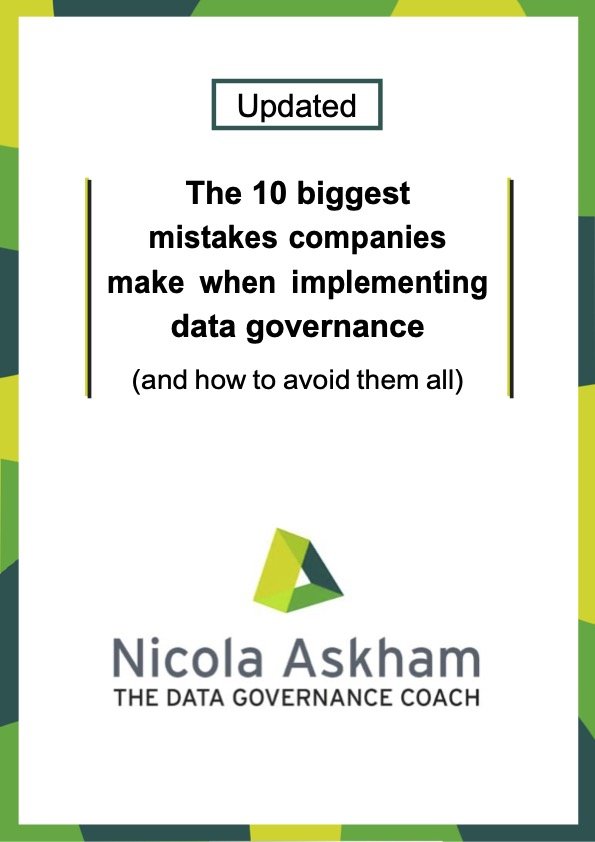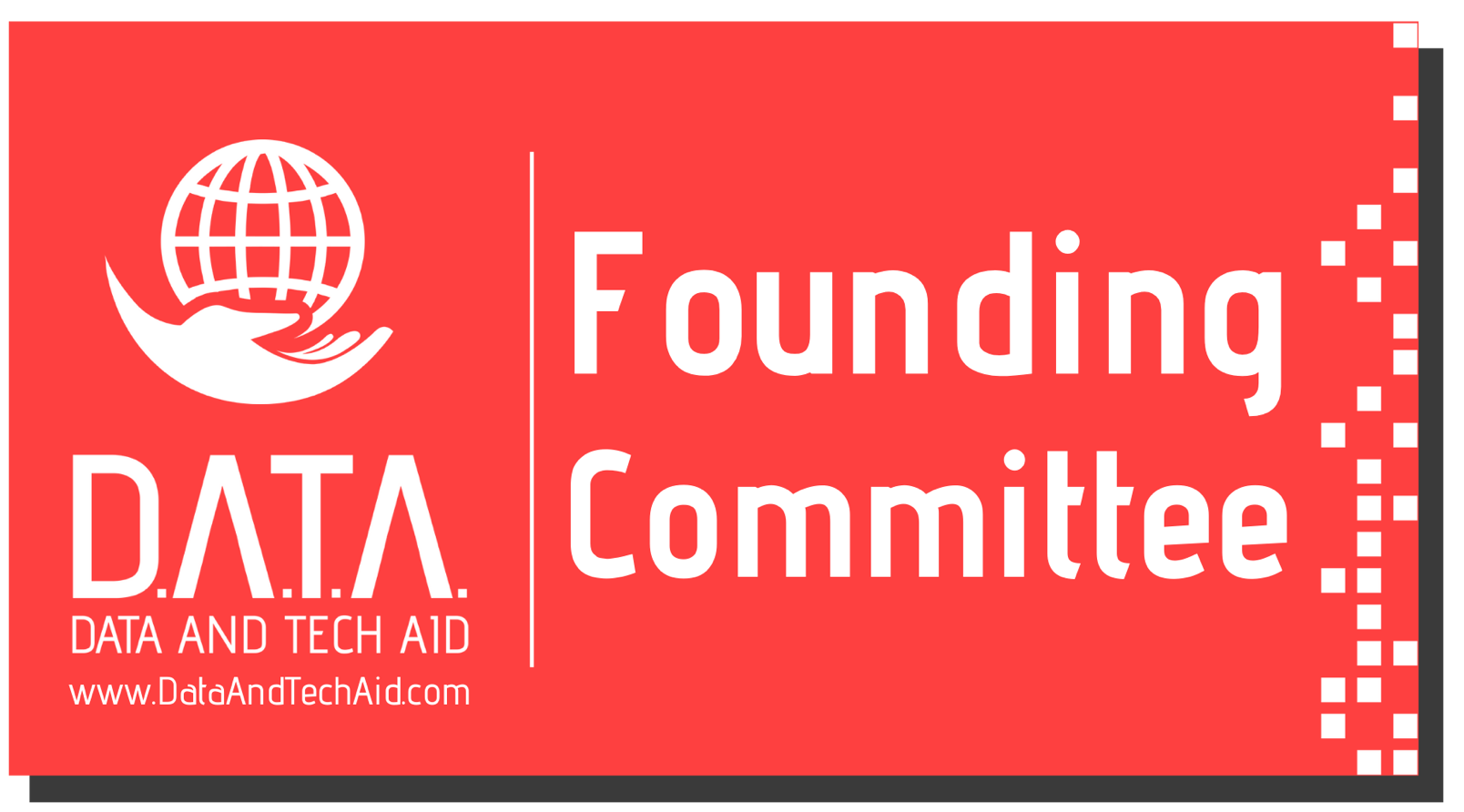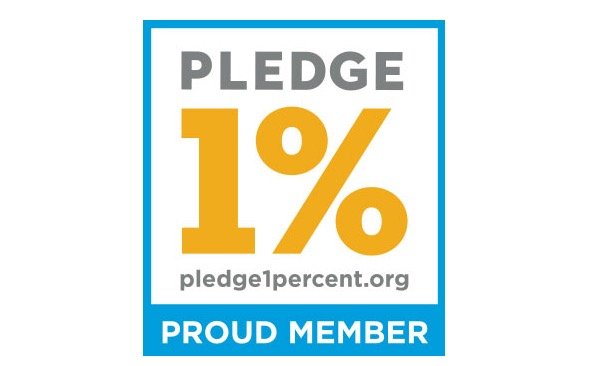Can Software Help My Data Governance Initiative?
/This is a question that never came up very often the first few years I was a Data Governance Consultant but these I am being asked it much more frequently. I think that the increase is due to the fact that there are good data governance tools available now and that data governance is getting much more focus than previously.
In the last couple of years, I have seen a move away from companies implementing data governance because they are in an industry where their regulator requires it, to organizations starting data governance purely because of the benefits they can achieve. That also includes companies looking to extend what they had put in place to meet regulatory requirements across more of their organization.
Before I answer the question, I think it is important to emphasize that despite having the word “data” in the title, data governance is more about people than data. Most of the work you will do when designing and implementing a Data Governance Framework is around organisational and cultural change. It is about the roles and responsibilities around data and the processes that these roles will follow.
It is for this reason that when Data Governance tools first started emerging I have to admit that I was skeptical about whether they could really help. In fact, if you search the internet hard, you may even be able to find some comments I’ve made in the past along those lines! After all, in the early stages of a Data Governance initiative I seldom find myself sitting at a desk using any type of software (data governance or otherwise); I am meeting and engaging stakeholders.
However, over recent years, having seen these tools evolve, I have revised my opinion and will happily say that yes, they can help you do data governance, but when I say yes it does come with a caveat. In order to add value to your Data Governance initiative, they must be used in the correct manner and at the correct time.
Data Governance Tools Can Only Facilitate
The tools out there can be fantastic enablers and facilitators but they cannot do your job for you. On more than one occasion I have heard of companies who have purchased such a tool and thought that that was it – job done. However, it soon became clear that the tool “was not working.” Upon investigation, it became obvious that the tool was not the problem. The business believed that it would do everything for them, which clearly it cannot.
If your whole data governance initiative centres around a tool, it is unlikely that your business user will ever engage, because they will be under the mistaken belief that the tool will do all the work for them.
You will still need to get stakeholders engaged in the process because without their buy-in, the whole initiative is likely to fail. The tool won’t work unless the whole business is signed up to data governance in the first place. Tools do not relieve them of any responsibility. Instead, tools should be positioned as enablers that make it much easier for people to execute their data governance responsibilities.
Remember: it’s not the tool that causes a data governance initiative to hit the rocks. The initiative fails when too much attention is focused on the tool, and too little attention is focused on getting stakeholder buy-in and change management.
Do Not Deploy Too Soon
Another reason I’ve seen problems arise around the use of tools is when they are deployed too early in the Data Governance initiative and the organisation is not mature enough to know how it wants to use the tool. Without fully understanding what Data Governance is, the scope of their initiative, or the functionality of the tool, it is naive to rush into using one. A company can expend significant time and resources on setting up a Data Governance tool only to find that they have set it up in manner that does not facilitate their Data Governance initiative or meet their requirements!
So What do Data Governance Tools do?
So let’s be clear on what such tools can do. Primarily, they provide data glossary functionality; they can automatically create data lineage diagrams and have workflows that send proposed changes in data definitions or data standards to the data owner for approval. They can also be used for logging and monitoring the resolution of data quality issues. So they really can facilitate and help embed Data Governance into your organization.
How to Use Data Governance Tools Successfully
I hate to recommend it, but I firmly believe that as you start to create and build a data glossary, your early version should be created on an excel spreadsheet. The reason I say that is that they are easy to adapt and change as your organization matures and your business users work out what they want and need from a tool. When you are reasonably clear what is wanted and how it should be structured, that is the time to introduce a tool into the mix.
Remember, you are trying to change how people behave in your organisation. This is not something that can be achieved by only thinking in terms of technology solutions. It is going to involve a lot of soft skills: communications, influencing, and even hand-holding as they start to embrace Data Governance. And let’s face it: computers and software are not known for their people skills.
Tools can be very powerful facilitators, especially in larger organisations where perhaps you do not know or even know how to find out who a data owner is or what data is available; but they only facilitate and support the hard work that you need to do in person. There really is no way to avoid it… You are going to have to go and talk to people!
Thinking that software tools are the answer is just one of the top data governance mistakes that I’ve seen organizations make. If you want to find out what the others are (and how to avoid them), you can download a free report here.








